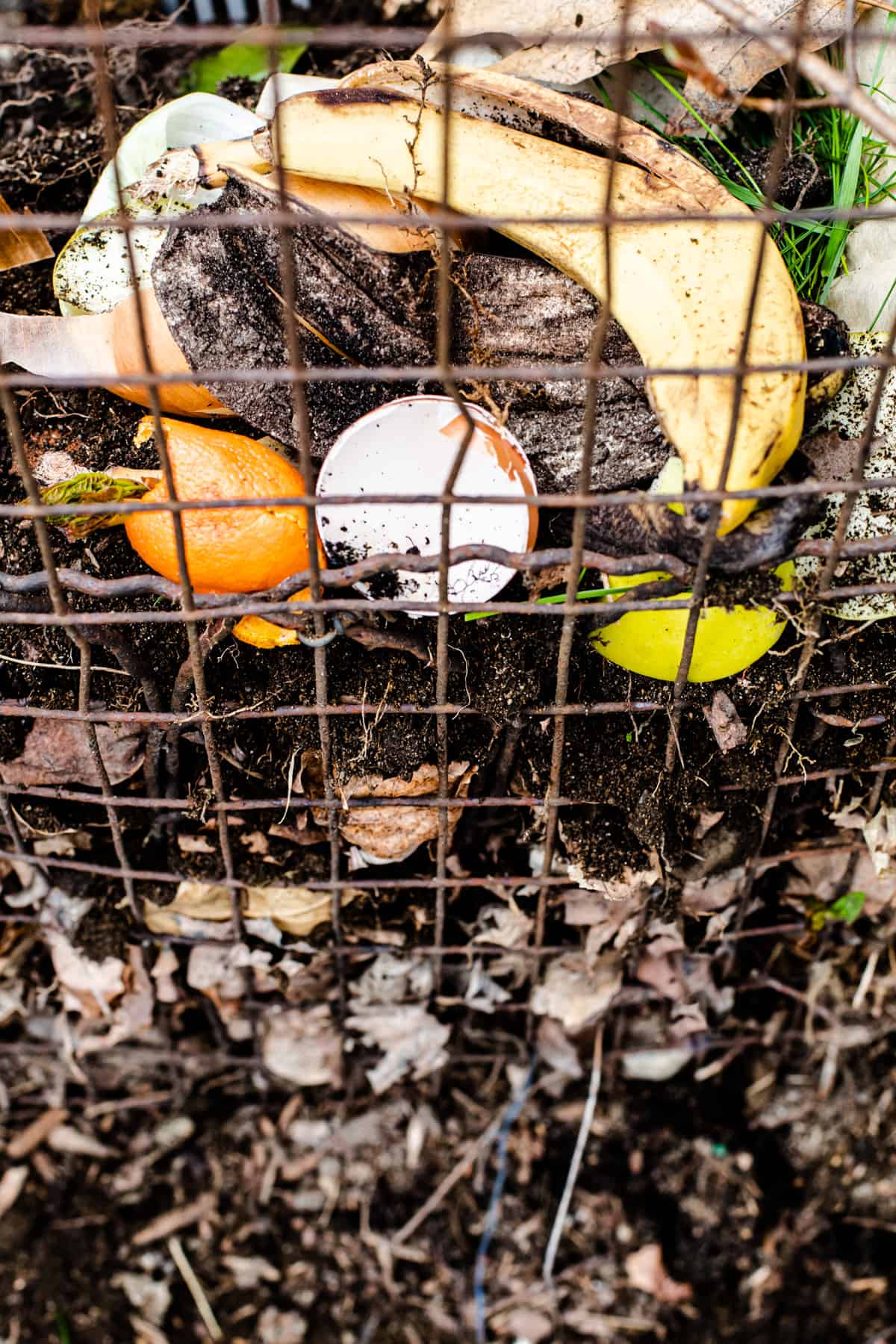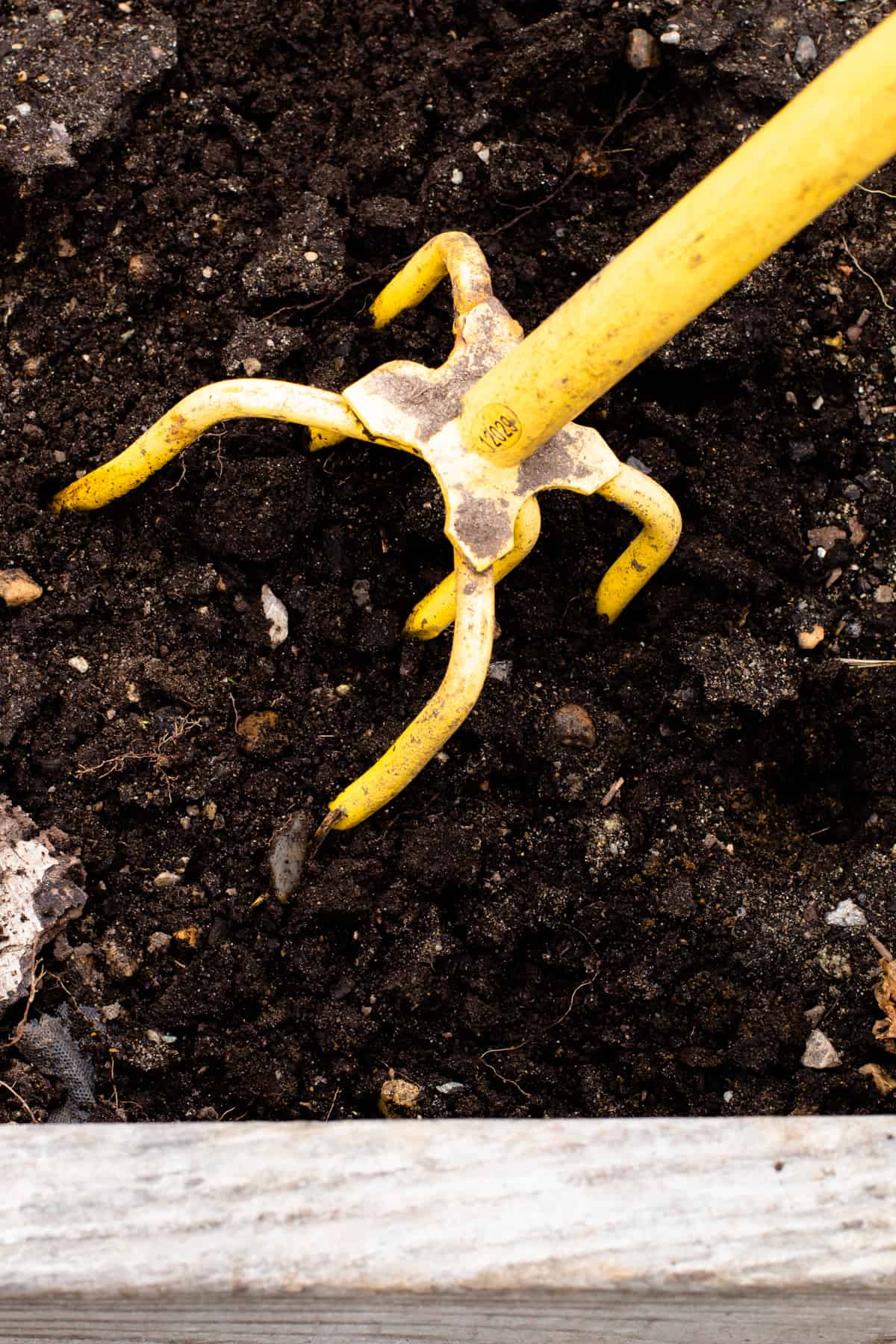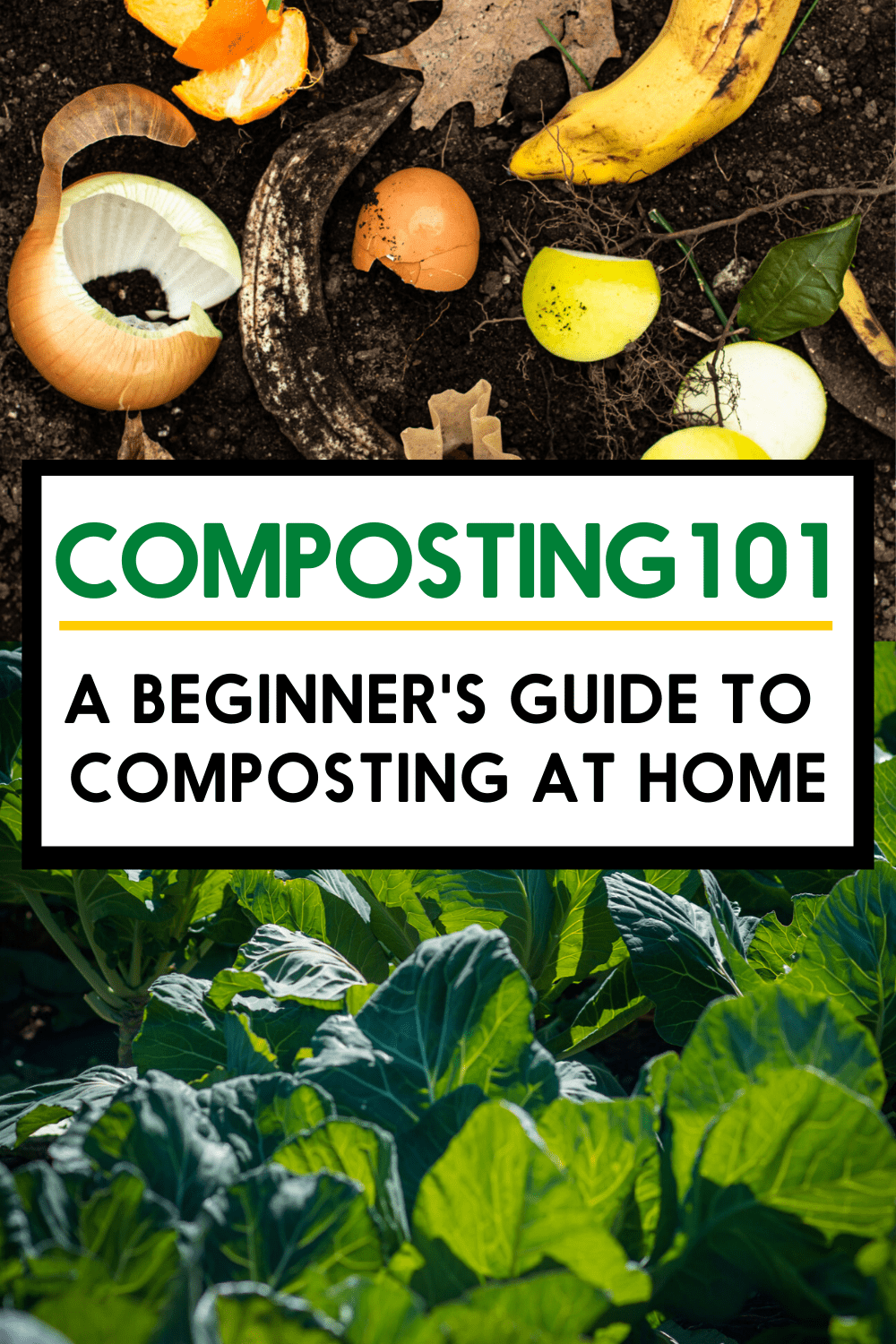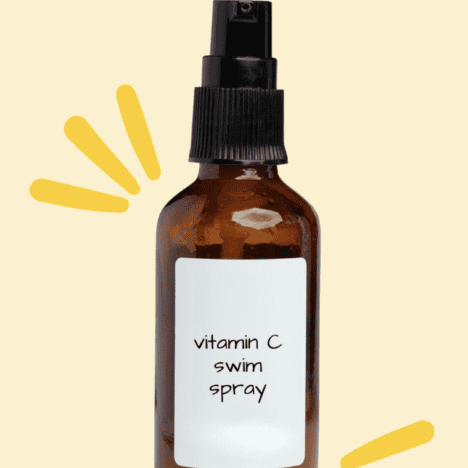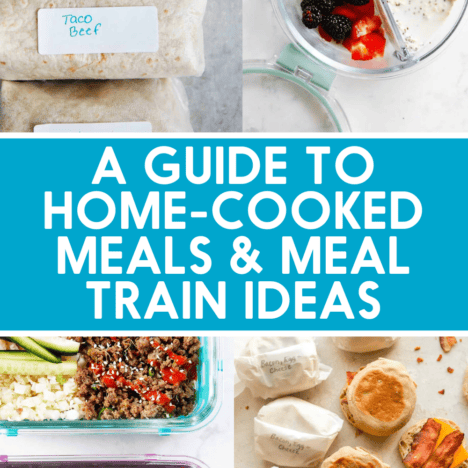This post may contain affiliate links. Please read my disclosure policy.
There have always been plenty of perks to growing a garden — but there might be even more advantages than ever right now. Gardening at home can be therapeutic, is a great hands-on activity to do with or without kids, and can (hopefully) result in some amazing tasting produce. We’re talking Gardening 101 over the next few weeks, and today’s post is all about how to compost! Compost is something to think about before you start to garden for many reasons and we are discussing the ins and outs of how to do it!
 Composting 101
Composting 101
Why People Compost and How You Can Give It a Try
By now, you’ve probably heard at least a little bit about composting. Maybe you’ve spotted a compost bin at your favorite restaurant or maybe you have a friend who’s been giving it a try. You may have simply heard about it on the news or in your local paper! At this point, many of us have heard murmurs about this whole compost business, but there’s still a lot of misinformation out there about it. More importantly, there’s a lot that many of us — myself included — still don’t know!
It’s about time we get to the bottom of composting, so why not do it together?
You know I love me some research, so I’ve put together a little 101 to give you a better understanding of composting and whether or not it’s something that would add a little extra value to your life.
So… what is composting, anyway?
According to the University of Georgia, composting is a natural process by which organic material is decomposed and recycled into a rich soil known as — you guessed it — compost.
There are plenty of things you use and throw away in your own home that can be composted, which is why there’s been a movement toward at-home composting. Generally speaking, if something can be eaten or grown in a field or garden, it’s fair game for composting.
Composting at home is as simple as establishing a compost pile where you can collect all your compost-friendly waste instead of throwing it in the trash. I’ll fill you in on some more best practices a little later, but at it’s core, DIY composting is really that easy.
What are the benefits of composting?
Well, there are plenty of them — some that pay off on a larger scale and some that can more directly impact you and your family.
First, let’s talk big picture. Per the University of Georgia, food waste that isn’t composted generally goes to a landfill. Generally speaking, landfills aren’t healthy for our bodies or the environment, so it’s best to minimize what we’re putting into them. According to the Brill Company, organic materials buried in landfills contribute to global warming by releasing methane gas, causing air pollution. Landfills also have a negative effect on the fertility of nearby soil and can generate lots of problems within communities, largely thanks to their smell and appearance. Yikes!
So, yeah… it should already be pretty obvious that there are big advantages to getting organic waste out of landfills and into more environmentally-friendly compost piles.
Speaking of being environmentally-friendly, composting is a great practice for anyone who’s into gardening! Penn State notes that compost — which, as a reminder, is essentially the final product of your compost pile — can be used in potting mixes or mixed with garden soil.
You’re ready to give it a try. What next?
First thing’s first — you need to set up your compost pile or bin.
If you have the space for an outdoor compost pile, Penn State recommends setting it up on a part of your property that you can access from all sides and that isn’t constantly hit with excess wind or sun. For convenience purposes, find a spot that’s close enough to your kitchen so it will be easy for you to drop off compost materials there. Easy access to a water source (a sink or hose) is also helpful. The spot you’re using should allow for a pile that’s between 3 and 5 cubic feet.
If you’d like to upgrade from making a simple pile of material, check out these choices for outdoor compost bins:
You will also want to grab a dedicated container for keeping the scraps in your kitchen throughout the day. This can be as simple as a bowl or as complicated as a purchased container meant for kitchen scraps such as this OXO Waste Collector.
As you can probably tell by the range of outdoor compost bin options, there’s something available no matter how much waste you plan to compost or how hands-on you want to be.
Don’t have a backyard?
If you live in a smaller space without a big backyard, don’t worry — you can still give composting a try! Instead of an outdoor compost pile, you’ll have an indoor compact compost bin. Small bins can fit nicely on your porch (such as this small-front Tumbling Composter) or patio or even inside your kitchen. They’re designed to make composting user-friendly and easy, so you won’t even notice a smell! You will need to use a system, including some natural material that helps to help turn the waste into a liquid fertilizer. Follow the instructions per the manufacturer.
Check out these great indoor compost bin options:
How to Actually Compost
If you really want your composting efforts to be effective, there are some things you can do to help the process along.
You should add waste to your compost bin in a nice mix of green and brown waste, but there is an ideal order for adding materials to your compost bin or pile. According to Penn State, you should start with 6 inches of brown material (dead leaves, wood chips, straw, etc.), then add 2 inches of green material (plant-based kitchen scraps, grass, etc.), then 2 inches of soil. If this formula is stressing you out, don’t let it discourage you from composting! It’s still better for the environment if you compost “out of order” than if you let all of that organic waste go to the landfill.
Plus, there are other things you can do to help your compost pile along. Check your pile regularly to see if it’s drying out. If it is, add water and turn the pile to make sure the materials are coated at all levels. You don’t want your pile to get too wet, though, so if you have a big storm or it gets extra soggy for some other reason, you should add sawdust to restore some balance. For ideal decomposition, compost should be moist, but not wet.
Piles should be turned (or mixed up) frequently. You can do this with a rake or pitchfork. This helps keep the oxygen flowing in your compost and releases the heat that’s necessary for decomposition. Some of the fancier bins will do the mixing for you.
Things to compost:
- Fruits
- Vegetables
- Grains/Bread
- Eggshells
- Gardening waste (fresh leaves, plant cuttings, grass clippings)
- Coffee grounds
- Tea bags and tea
- Shredded newspaper or paper bags from the grocery store
- Soiled cardboard ripped into small pieces
On the other hand, you’ve also got…
Things not to compost:
- Meat, bones, all animal products (technically compostable but not recommended as these attract animals and take a very long time to compost)
- Dairy products (technically compostable, but can get stinky and attract animals!)
- Oily foods (mayo, peanut butter, salad dressing, vegetable oil)
- Plastics (Plastic wrap, plastic bags, foil, plastic silverware, plastic bottles, and single-use straws can’t be composted — which is one more reason to look for ways to reduce plastic!)
- Grease
- Glass
- Metals
- Pesticide-treated yard waste
- Weeds and their roots (they will grow wherever you use the compost, so avoid)
- Disease-ridden plants (if you lost a crop of plants to bugs or disease such as blight, do not compost the plants as they can infect whatever future plants you use the compost with)
How do I know my compost is “done?”
A typical compost pile will take three or four months to fully decompose. You’ll know your compost is ready to be harvested when it’s no longer hot in the center, smells like fresh dirt, and crumbles when squeezed.
At this point, you can add your compost to your gardening soil. If you’re not a gardener yourself, offer it up to friends, family, and neighbors. You can also consider researching city-sponsored compost programs, which may direct you to drop off compost at a community center or other central location.
No matter how you use your compost, though, the good news is that you’ve done some good for the environment by making it! See? It’s not as scary and overwhelming as we thought.
Pin it For Later:
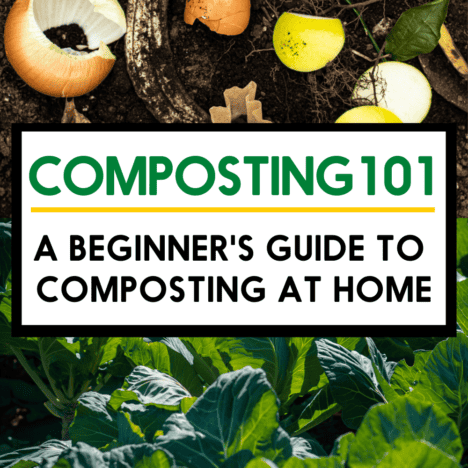
 Composting 101
Composting 101